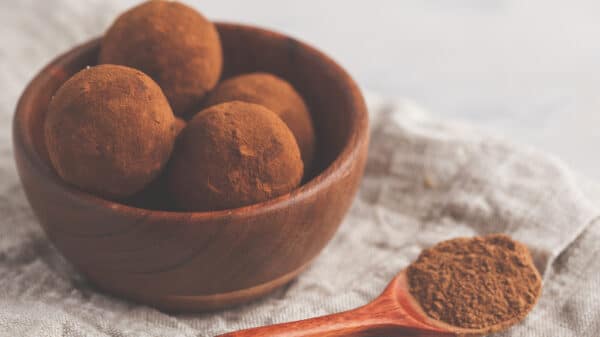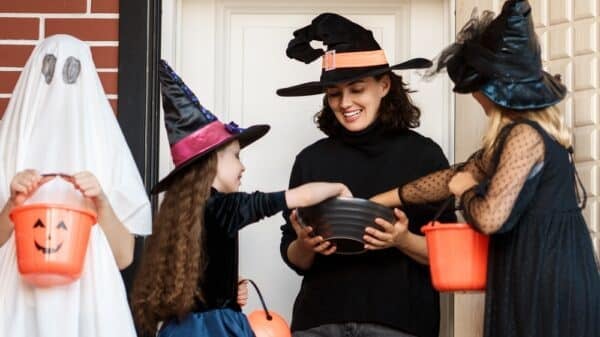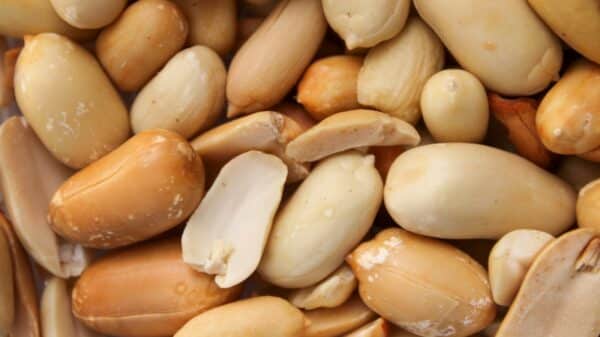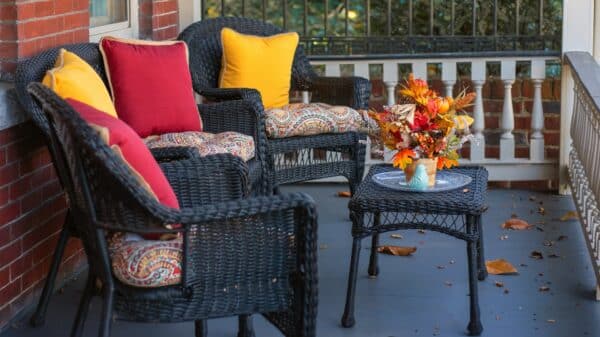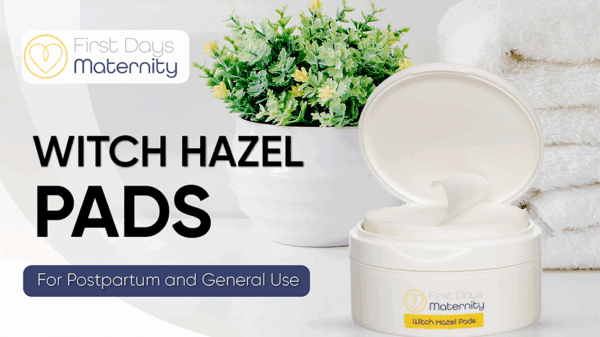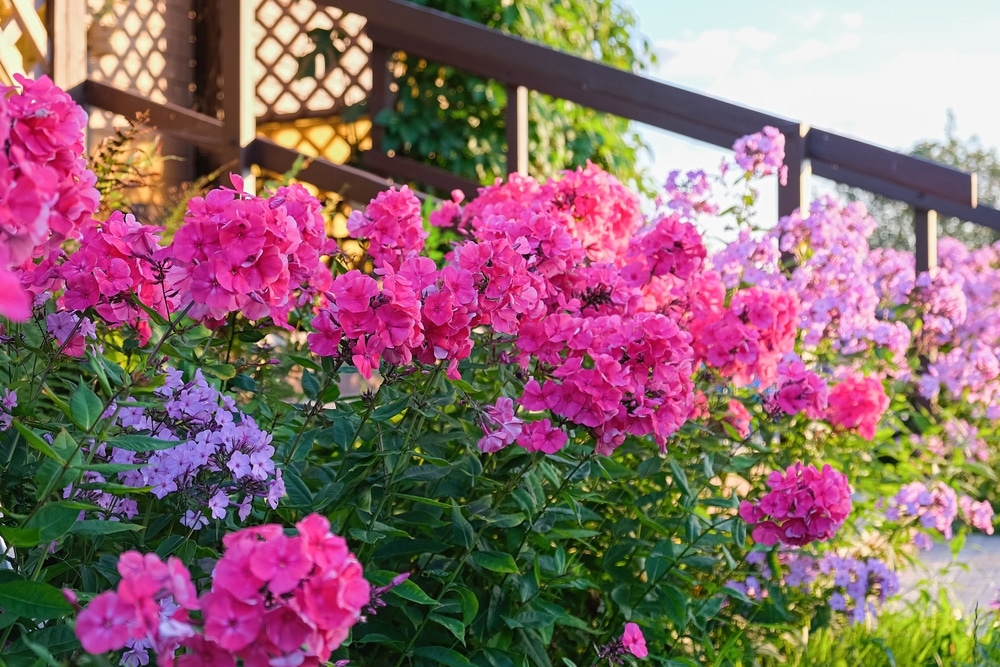I think most millennials can vividly recall the first time they laid eyes on Miss Honey’s enchanting wildflower garden in *Matilda*. It was a scene that sparked dreams of something extraordinary—someday, we’d each have our own whimsical cottage with a lush garden bursting with black-eyed Susans, primroses, and bluebells. Of course, *The Secret Garden* from the ’90s had its magic, too. But let’s be real: gardening can often feel like an overwhelming task, requiring more time, patience, and precision than many of us may have. That’s where the trend of “wild gardens” comes in—a fresh and liberating take on gardening that feels like a dream come true.
At its core, wild gardening is about embracing the wildness of nature. There are practically no rules. You simply grab a packet of mixed flower seeds, toss them into a cleared patch of dirt, splash on some water, and voilà—let nature take over. Forget meticulous sowing, perfect spacing, and tilling soil to create a pristine planting area. This is about throwing caution to the wind, about giving yourself permission to be a little messy and have fun with it.
But wild gardens offer more than just aesthetic joy; they serve a vital purpose for our ecosystem. These delightful patches provide essential habitats for pollinators—think butterflies, bees, hummingbirds, and even bats—bringing a symphony of life into your yard.
While the concept may sound easy-breezy, there are a few things you’ll want to consider to ensure your wild garden flourishes. “Wild gardening embraces nature’s unpredictability,” explains Mary Jane Duford, a master gardener and certified permaculture garden designer. It’s about relaxing your grip on control and engaging with your garden’s natural environment.
Choosing Seeds for Your Wild Garden
Here’s the thing: while creating a Wild garden can feel liberating, it’s important to choose your seeds wisely. Duford points out that not all wildflower blends are created equal. Some are curated to suit specific growing zones and contain native species that benefit local pollinators. Conversely, some lower-quality mixes are filled with “filler” seeds—quick-growing grasses or annuals that may not provide significant value to pollinators and often don’t regrow the following year.
When you’re shopping for seeds, look for suppliers who clearly list the species included in their mix, share germination rates, and indicate where the seeds were harvested. Steer clear of vague labels like “wildflower mix” without detailed information.
Furthermore, think about where you live. Some wildflowers thrive in certain regions but can become invasive elsewhere. A quick visit to your local extension office’s website can shed light on what will flourish in your garden.
Duford also recommends a mix of annuals and perennials. This approach ensures that you get beautiful blooms in the first year while also building a garden that continues to thrive in subsequent seasons. If you want to maintain a sense of order, avoid aggressive species that might overtake your garden. Duford advises scattering seeds more densely than traditional methods as well, suggesting mixing fine seeds with sand to help distribute them evenly. Don’t forget to sprinkle in some additional favorites like bee balm, purple coneflower, and milkweed to attract all types of pollinators.
Keep in mind, wildflower gardens often take a season or two to fully establish themselves, so it’s beneficial to let your flowers reseed naturally and provide food for birds instead of constantly tidying up.
The Lowdown on Soil Prep
You might come across videos showing gardeners tossing seeds without much preparation, but Duford strongly advises that some groundwork is crucial. “Even a little bit of prep can make a significant difference,” she emphasizes. For optimal seed germination, your seeds need solid contact with the soil and minimal competition from weeds.
An effortless Wild garden setup could look like this:
– Mow the area low.
– Rake away any debris.
– Rough up the soil surface with a rake or hoe.
– Water it well.
– Scatter seeds and gently press them down for good soil contact.
– Finish by watering gently.
If you’re up for a bit more work for better results, consider these steps:
– Remove existing plants.
– Tiller the top few inches of soil.
– Incorporate compost.
– Add sand for better drainage if your soil is heavy clay.
– Rake the area smooth.
– Scatter seeds and press them in lightly.
– Water gently.
How Often Should You Water?
“Wildflower seeds need consistent moisture until they germinate,” Duford instructs, recommending you water gently once or twice a day if rain isn’t in the forecast. After the seedlings reach a few inches tall, you can dial back your watering routine.
Placing Your Wild Garden
One of the best things about Wild gardening is the creative freedom. You can literally plant wildflowers anywhere—a cozy spot by your porch, around a fire pit, or even tucked in the less visible corners of your yard. However, Duford suggests a little forethought. “Leave a buffer zone around structures,” she advises, because wildflower patches can retain moisture, attract insects, and may spread beyond their intended area. In regions prone to wildfires, it’s wise to choose low-flammability plants and keep wildflower patches further away from buildings.
To support wildlife and soil health, leave seed heads, hollow stems, and leaf litter intact. “It may look a bit messy, but it’s part of the charm of letting nature dictate your garden’s layout,” she adds.
Can You Wild Garden with Vegetables?
Absolutely! If you’re eager to grow veggies this summer, you can apply Wuld gardening techniques here, too. Instead of lining up rows of vegetables, toss a mix of edible seeds—spinach, radishes, or even flowers—onto your bare soil. Use seeds from your kitchen scraps, like squash or peppers, to see what surprises might sprout in those forgotten corners of your yard.
Duford suggests leaving room in your vegetable garden for “self-seeding volunteers” to grow where they land. Plants like pumpkins, dill, and tomatoes often reseed themselves, so if they crop up unexpectedly, embrace them as part of your wild garden.
Enhancing Your Wild Garden
Your wild garden can be as uncomplicated as using a bag of wildflower seeds or leftover veggie scraps. Want to make it even simpler? Duford recommends allowing patches of your lawn to grow wild, which will welcome violets, yarrow, and dandelions. These patches help improve soil health and attract pollinators, turning your yard into a maintenance-free mini-meadow.
You can also place bird feeders or birdbaths nearby to facilitate the natural spreading of self-sowers like sunflowers. By doing this, you invite delightful surprises that enhance the wild feel you’re cultivating.
Ultimately, your wild garden is meant to embody simplicity and ease. The essentials can be boiled down to this: spread the seeds, give them a drink, and see what flourishes. Duford suggests that once your seedlings are healthy, you can even stop watering to encourage deep root growth, conserve water, and favor plants well-suited to your local conditions.
This is about creating joy and beauty in your own yard while helping the ecosystem thrive, without the overwhelming pressure of traditional gardening. So why not embrace the wild? It just might lead you to a greener paradise right outside your door.
Image Source: Elena_Gr / Shutterstock






